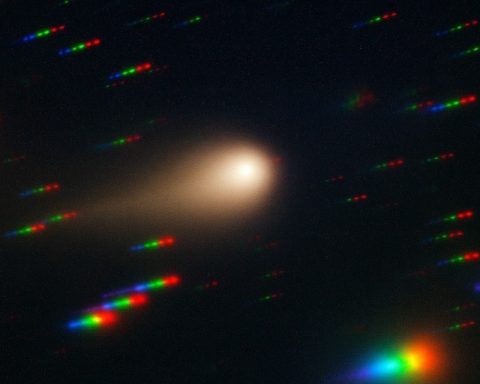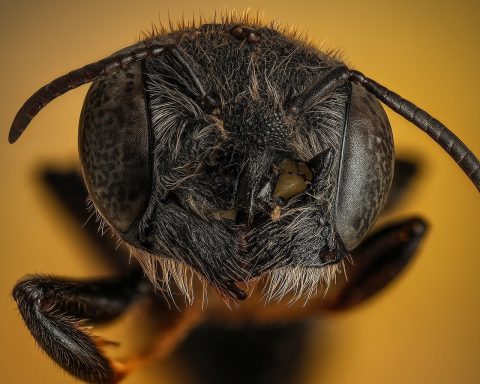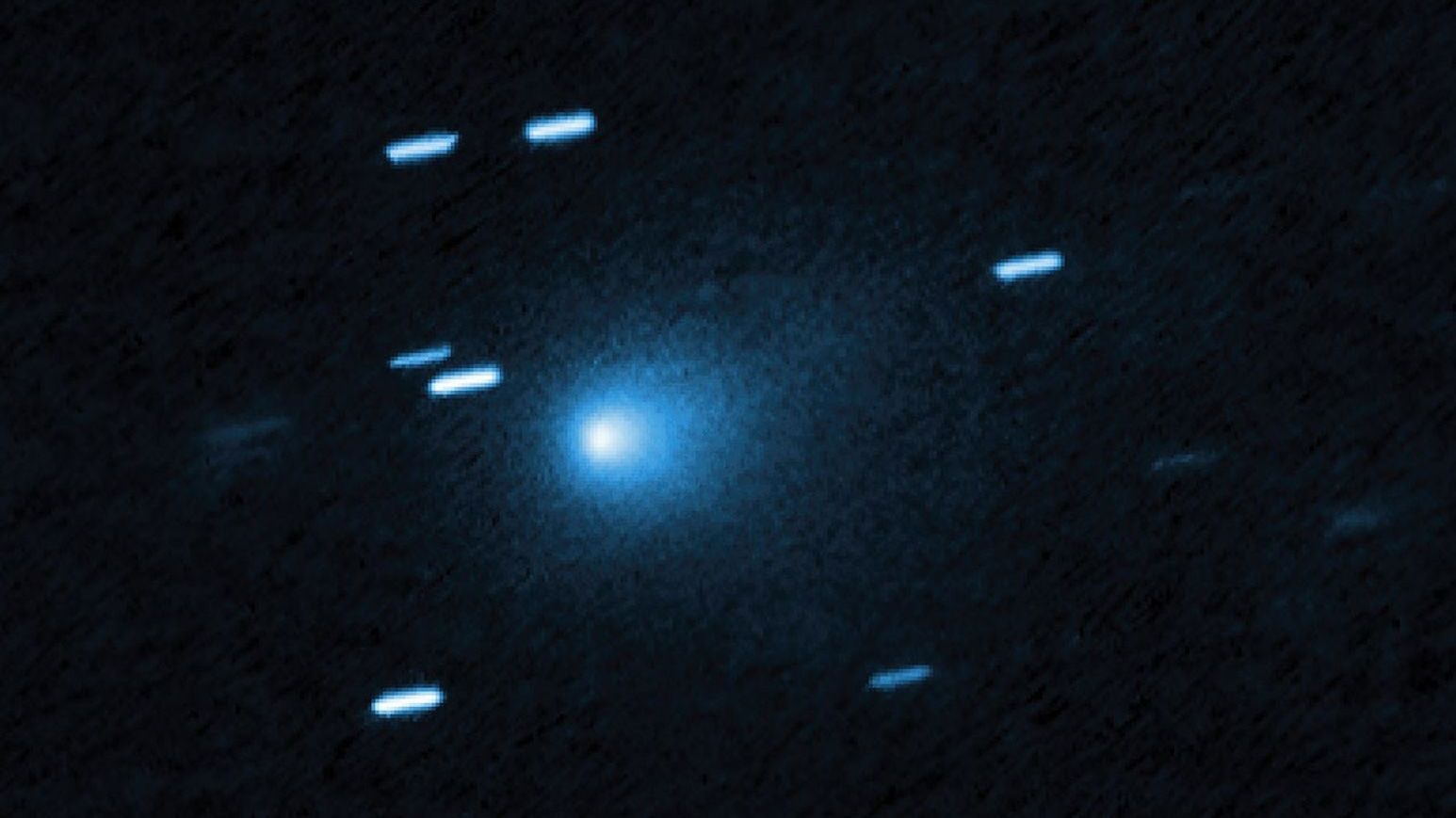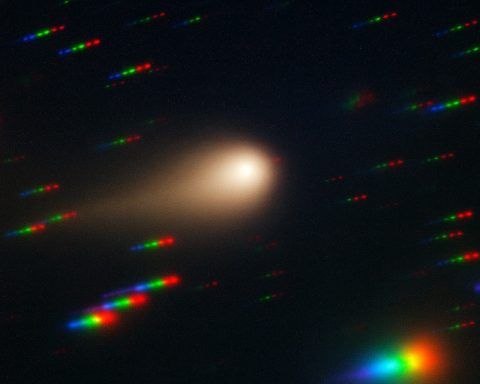
Interstellar Comet 3I/ATLAS Makes Closest Approach to Earth on December 19, 2025 — How to See It and Why It Matters
Updated December 1, 2025 On Friday, December 19, 2025, an ancient visitor from another star system will make its closest pass to Earth. Interstellar comet 3I/ATLAS will sweep by at a distance of about 170 million miles (270 million kilometers) — nearly twice as










